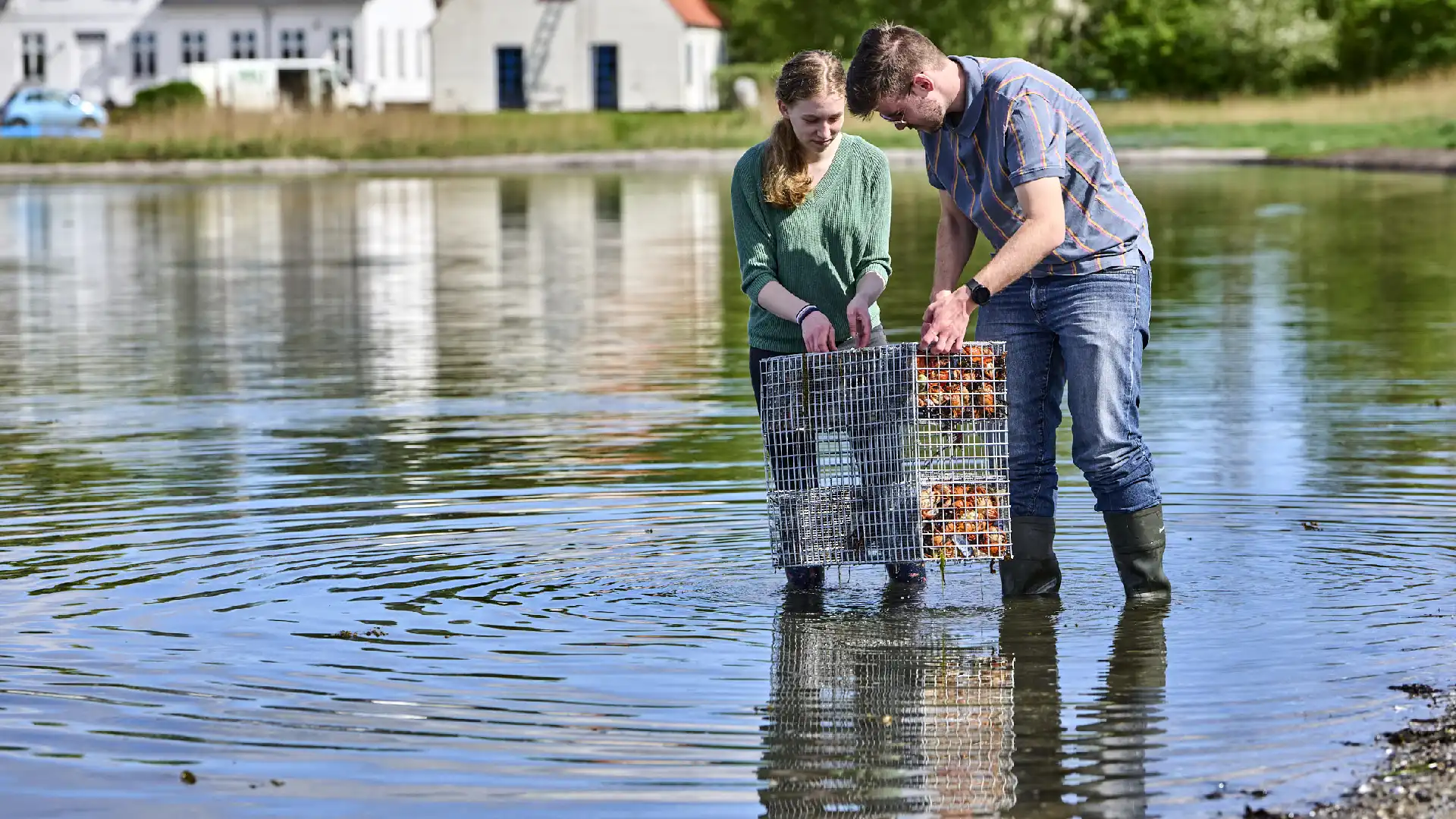
Build a fish nursery and help the fish fry
Fish nurseries serve as much-needed hiding places in Lillebælt
A fish nursery contributes to greater biodiversity in the area where it is set up. The young of the various fish species can better hide from predatory fish and birds, thereby increasing their chances of survival. This has proven to be an effective method of protecting and promoting fish stocks in the Little Belt. These small protected areas, where fish fry can grow up without the threat of predators and birds, have helped to strengthen biodiversity in the area.
Fish nurseries act as safe nurseries where fish fry can find food in the form of small organisms like plankton and crustaceans. Hiding from birds and predatory fish. This increases the chances of the fish reaching a reproductive age where they can reproduce and thus contribute to the stability of the population.
This not only benefits fish stocks, but also contributes to a healthier ecosystem by promoting a diverse wildlife that supports the natural food chains in Lillebælt.
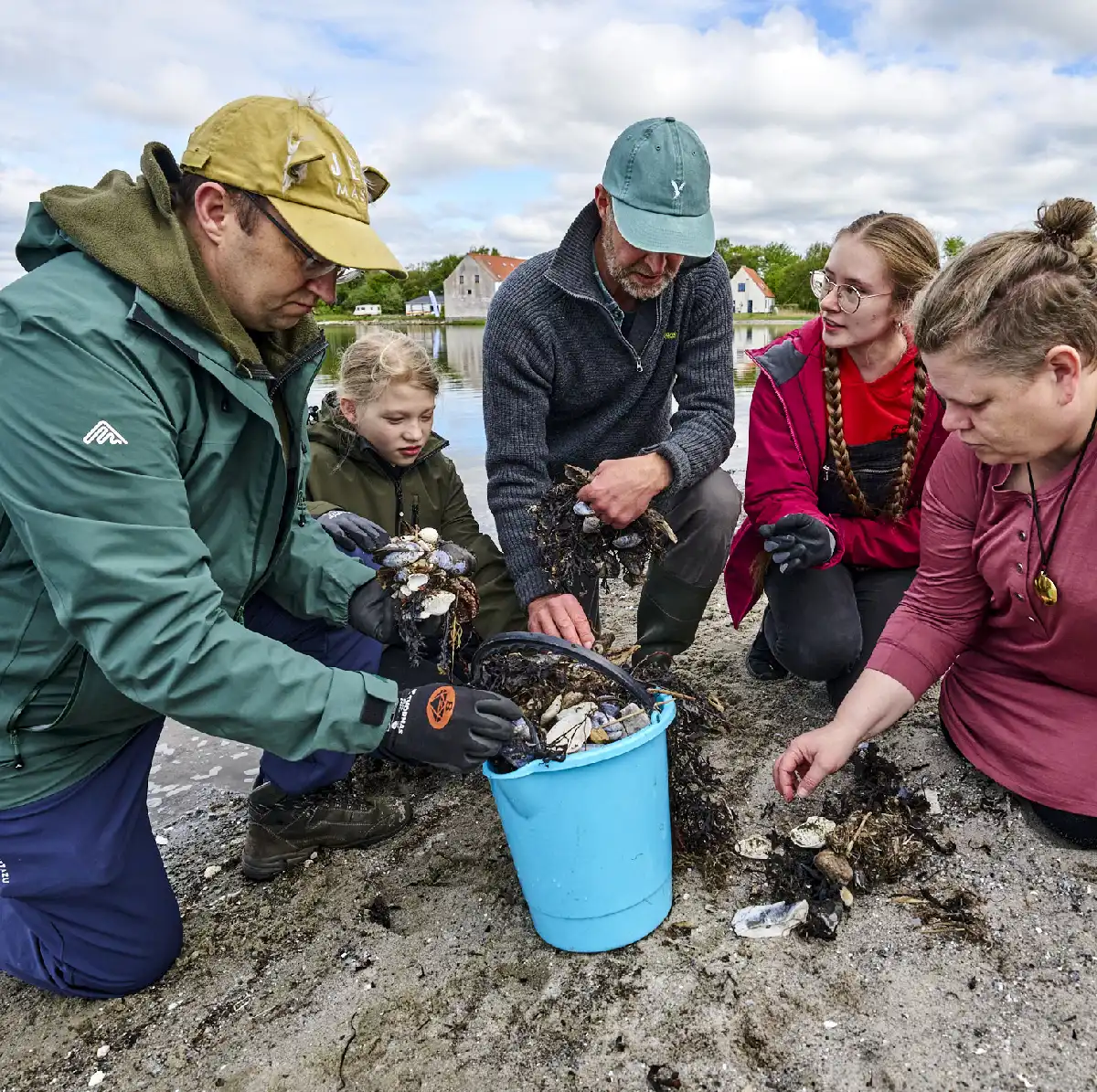
Build a fish nursery
How to make a fish nursery
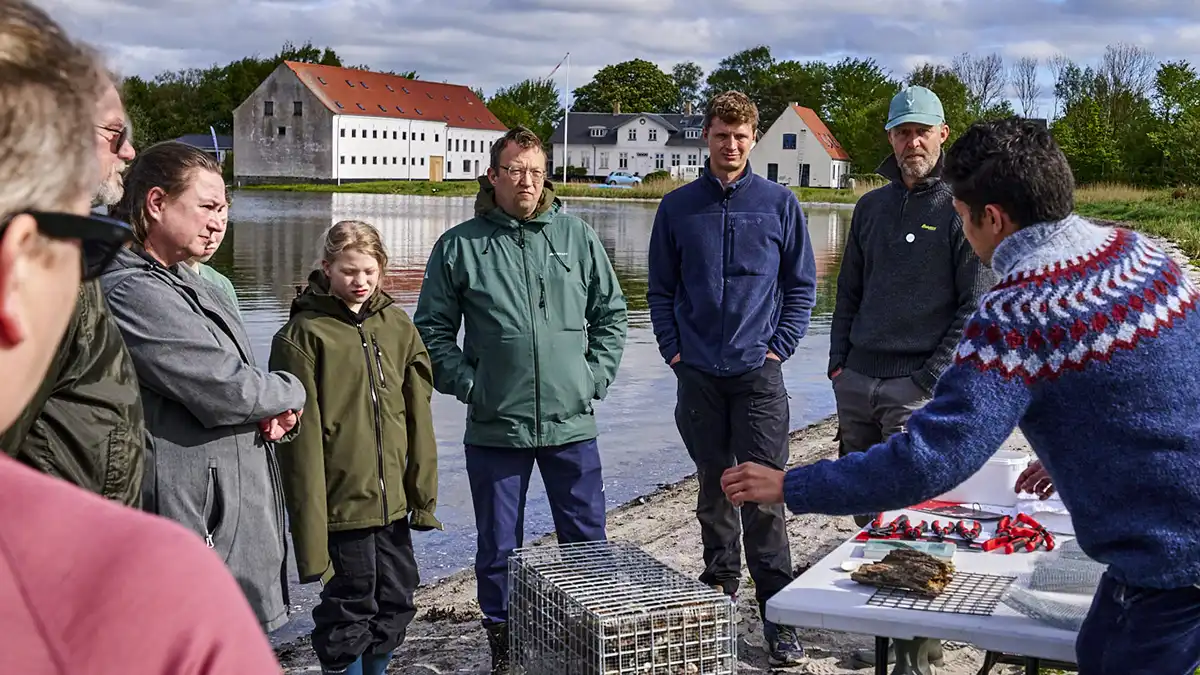
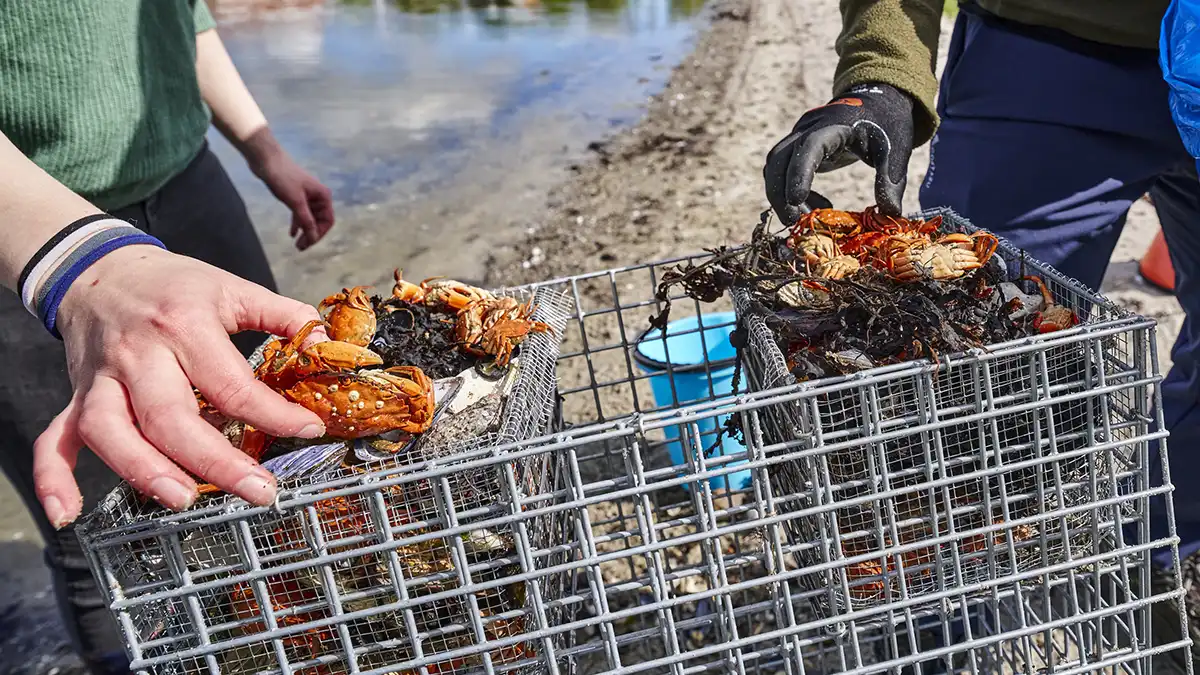
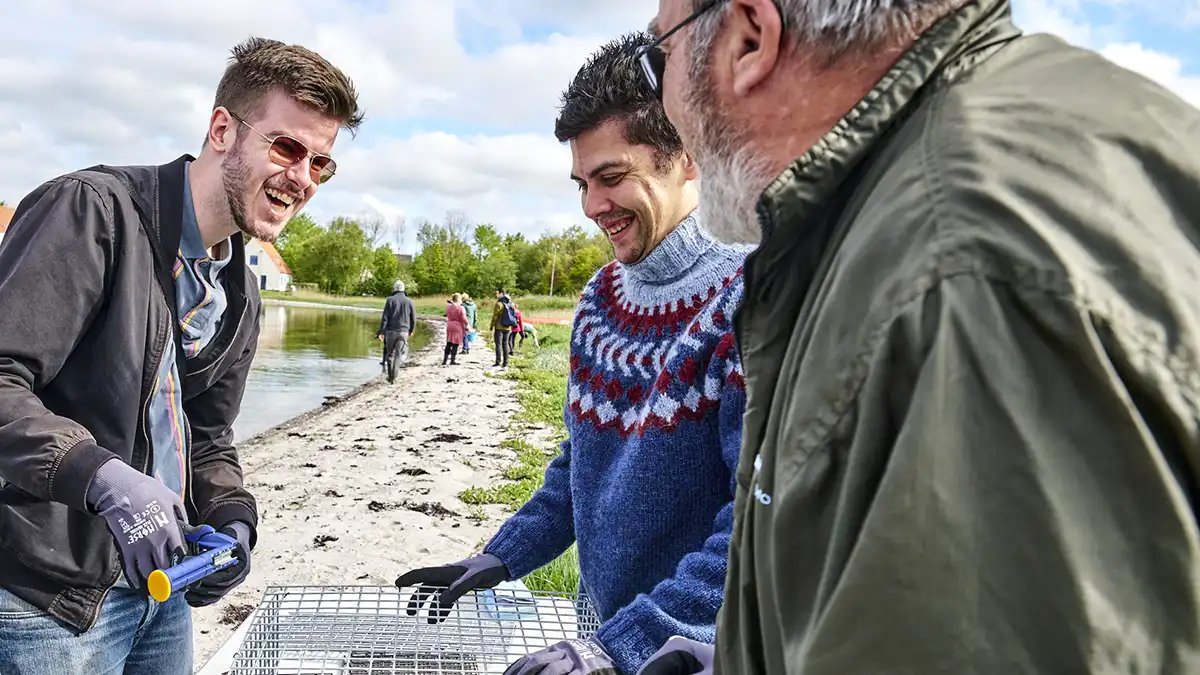
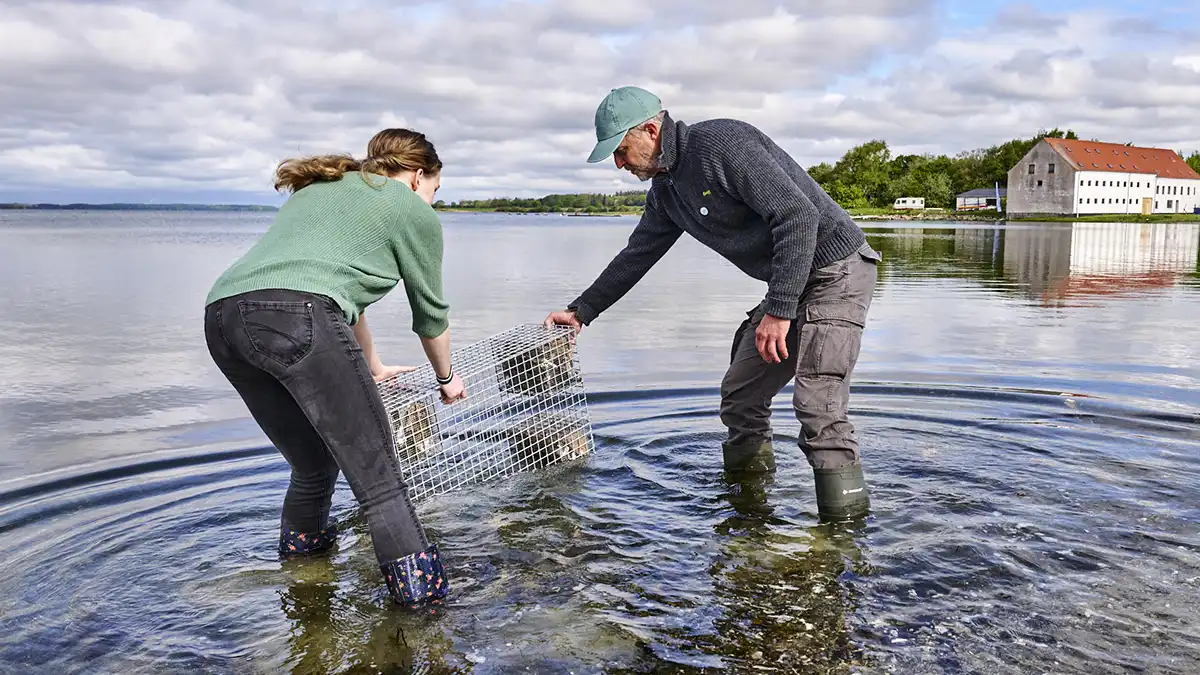
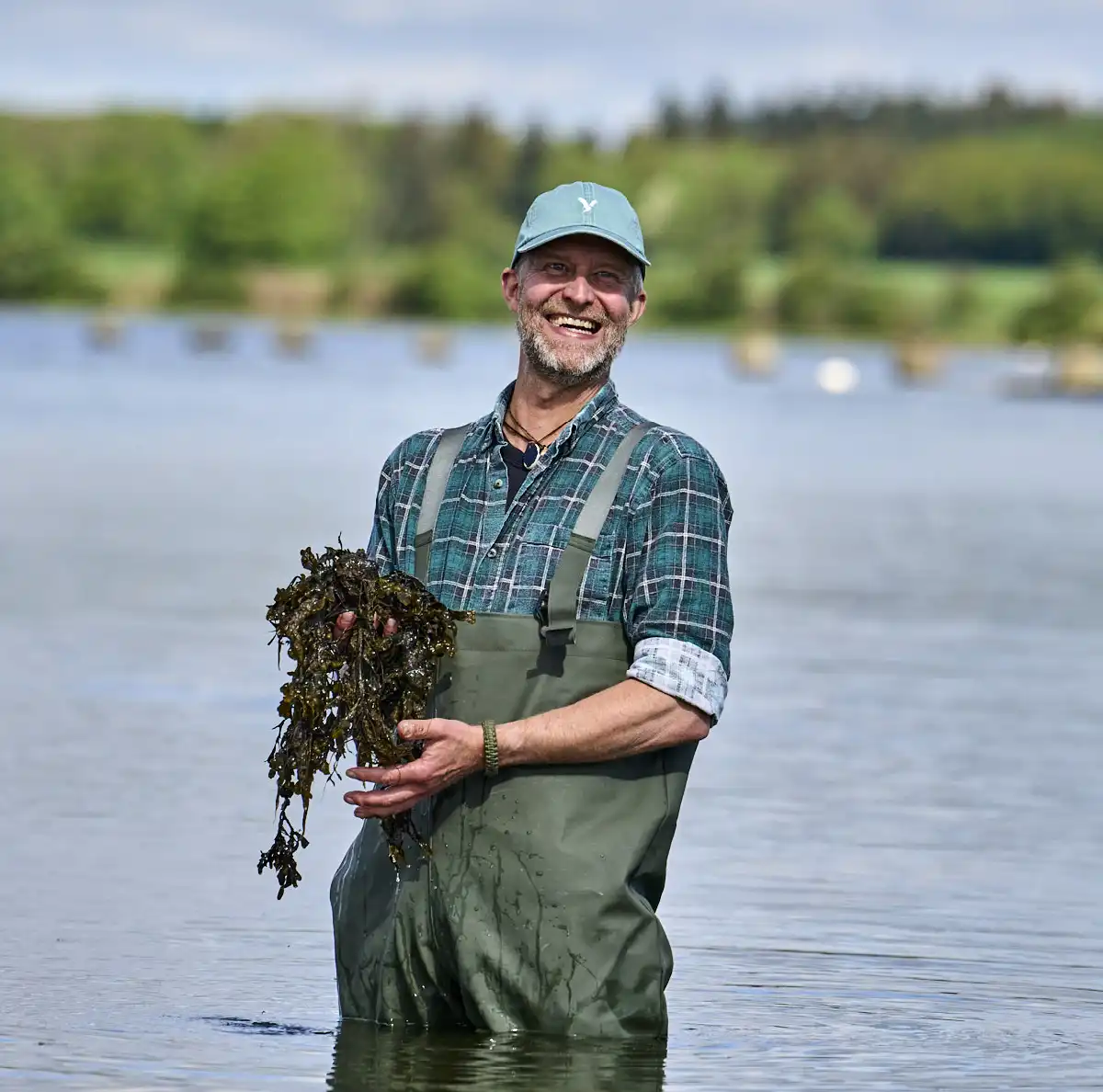
Meet Brian
Brian is a nature enthusiast, founder and owner of Peninsula Nature.
He has always been interested in edible herbs and plants from nature's pantry.
Brian is a great communicator and seaweed safari hunter. He likes to talk about how to use our unique nature and at the same time take good care of it. About how sustainability, a better marine environment and healthy food can come together.
In recent years, he has focused on seaweed. This has meant that Peninsula Nature, together with other companies and also universities, participates as a partner in international projects working with seaweed as a resource for nature, animals and people.
Brian is currently focusing on spreading awareness of seaweed as a sustainable food in Denmark. Through workshops, seaweed safaris, courses and communal eating, he is working to get more people to eat more seaweed. Not just seaweed, but local seaweed, because in Lillebælt alone there are many native seaweed species that are pure delicacies.
Peninsula Nature is a company created out of a personal interest in sustainability and fascination with the nature that surrounds us, based on the Stenderup peninsula, in the middle of Naturpark Lillebælt.
Peninsula Nature is a trading and communication company that works with seaweed.
Seaweed as a resource for improving the marine environment, protecting life in shallow waters, as an important part of the food chain from scratch, as a food ingredient and flavor enhancer, as a food supplement and much more.
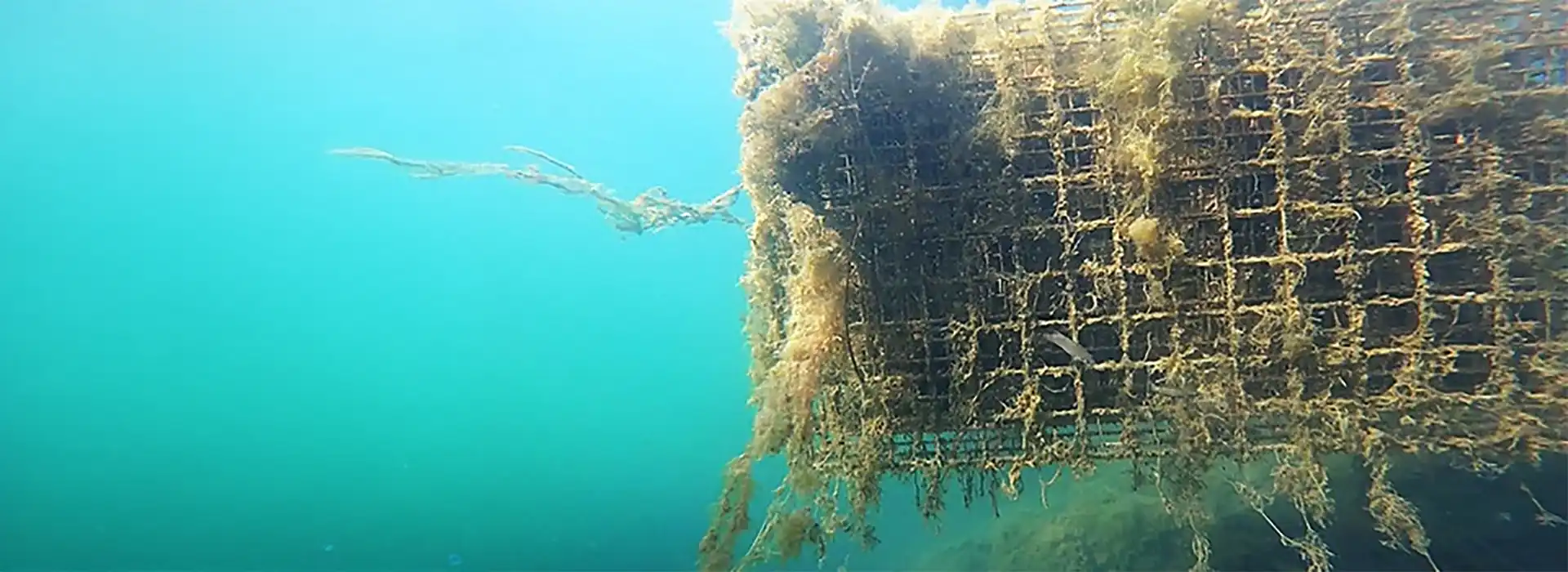
What is a fish nursery?
A fish nursery is an initiative that aims to protect and promote the growth of young fish in natural water bodies. These are small ecosystems that act as natural nurseries for the fish. Lillebælt is one of the places in Denmark where this concept has been implemented on a large scale.
A fish nursery consists of a lattice box that provides fish fry with shelter and hiding places when the small fish start to beat their tails in the early stages of life. In Lillebælt, the fish nurseries are constructed from natural materials inside the box, creating hiding places for the fry. Fish can both hide and find food in the form of aquatic insects, small crustaceans and other small organisms that also thrive in the new habitats. The purpose of the fish nursery is to give the fish good opportunities for survival and to help biodiversity in Lillebælt. This is for the benefit of both animals and humans.
In Lillebælt Nature Park, fish nurseries have proven to be a highly effective tool for restoring and protecting fish stocks in the areas where they are set up. Studies conducted by volunteers and students using video recordings indicate about twice as many small cod, twice as many crucian carp and 3 times as many spotted goby at the fish nurseries compared to other areas in marinas without fish nurseries.
The purpose of fish nurseries is to provide the fry with a protected area where they can grow big and strong before heading out into the open waters. Small fish are often exposed to many dangers. Therefore, it is crucial to create an environment where the young fish can grow up in safety and gradually become stronger and more resilient.
An important effect of fish nurseries is their contribution to biodiversity. By creating a safe nursery environment for fish fry, they help build stable and healthier populations of fish that have a greater chance of growing to maturity and thus ensuring the survival of the species. Furthermore, fish nurseries contribute to a healthier and more diverse ecosystem as they also attract other species that depend on a varied and rich environment.
The fish nurseries in Nature Park Lillebælt show how targeted nature conservation projects can help strengthen ecosystems and create better living conditions for marine wildlife.
Fish nurseries are just one of several initiatives that together strengthen Lillebælt
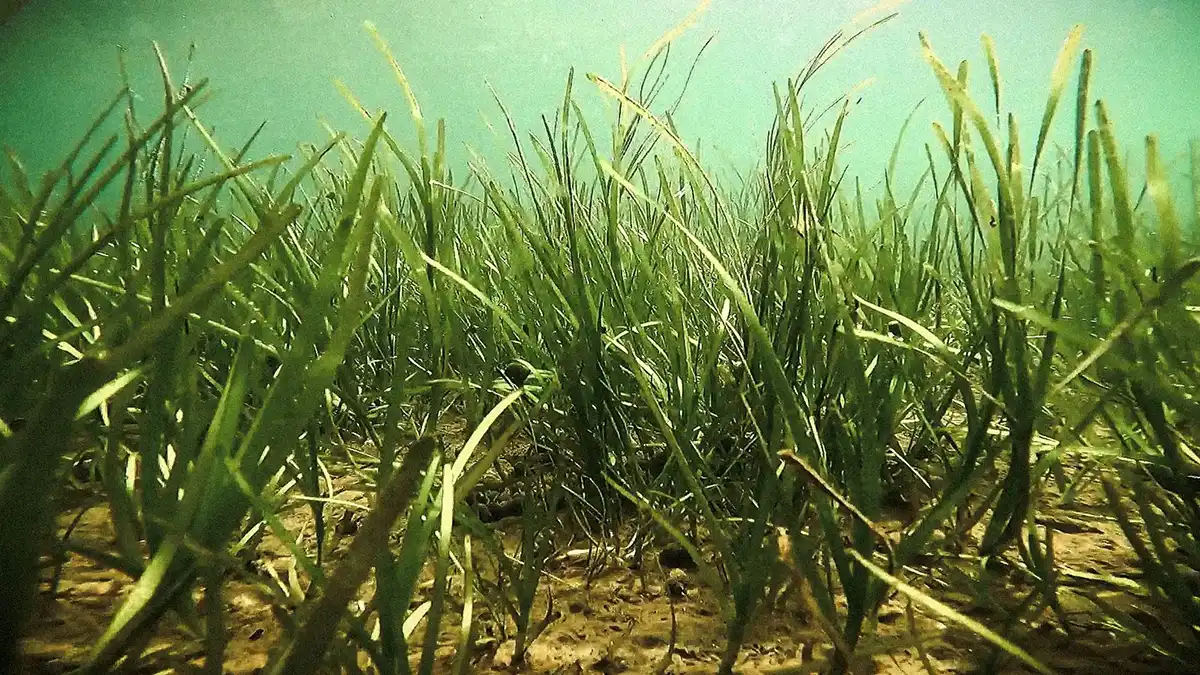
We plant eelgrass
Eelgrass is an important marine plant as it provides food, habitat and hiding places for small fish in the belt and therefore plays a crucial role in marine biodiversity.
Read more about planting eelgrass
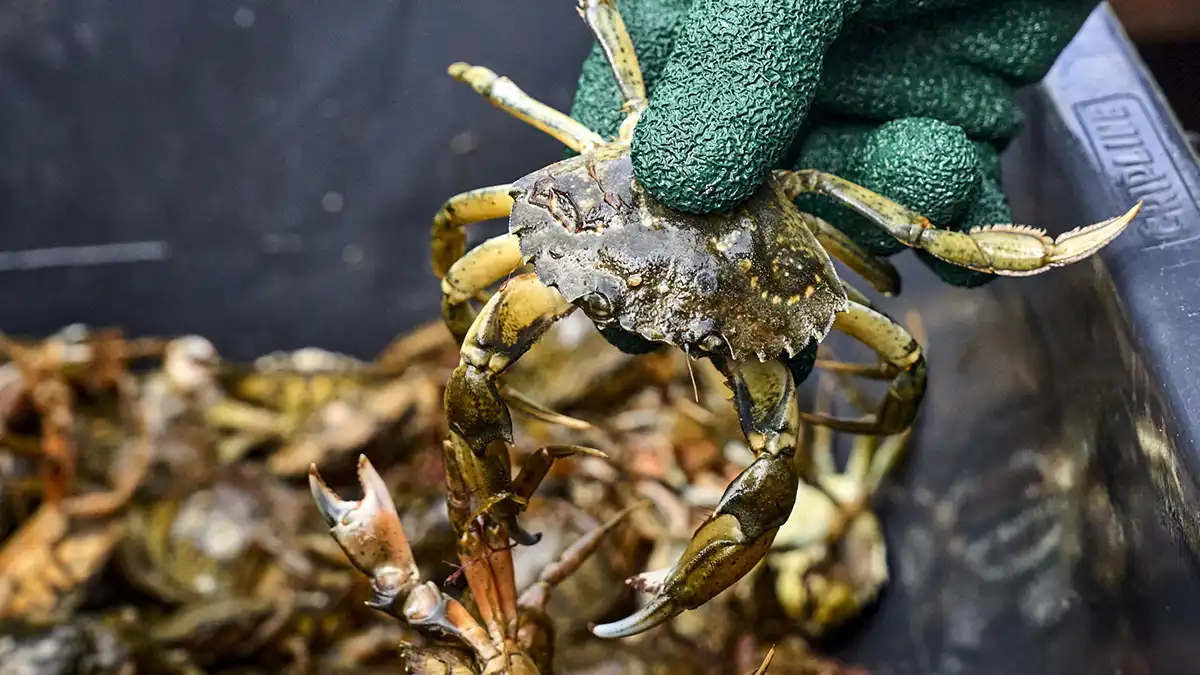
We reduce the crab population
The population of crabs in the Little Belt is far too high. By catching crabs, you benefit the ecosystem in the belt. The crab population needs to be regulated because it destroys the eelgrass and eats fish fry.
Read more about hunting crabs
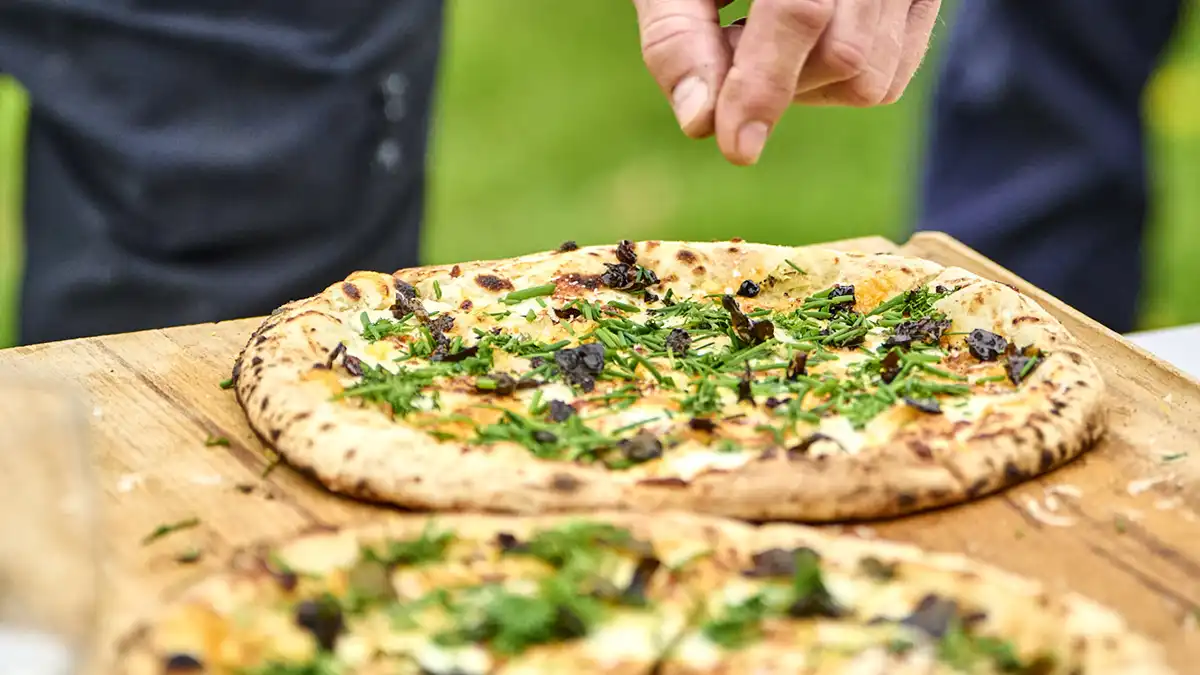
We put crab on the menu
It may sound a little wild, but eating crabs is one - tasty - way to get rid of them. You can make the ultimate crab bisque or crab pizza with fresh ingredients from Lillebælt.
Read more about crab pizza
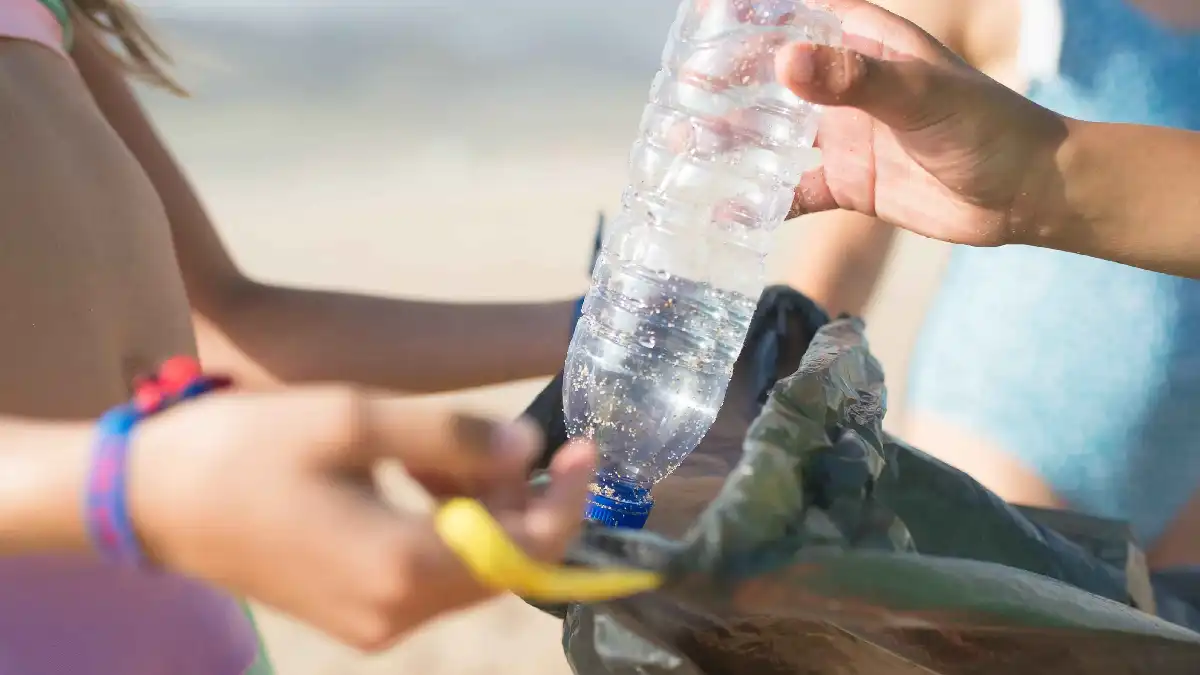
We collect marine litter
If you pick up a bag at the reception at Gl. Ålbo Camping and hand it filled with marine litter to the camping dad, you'll get a free cup of cocoa or coffee in exchange.
Learn more about collecting marine litter
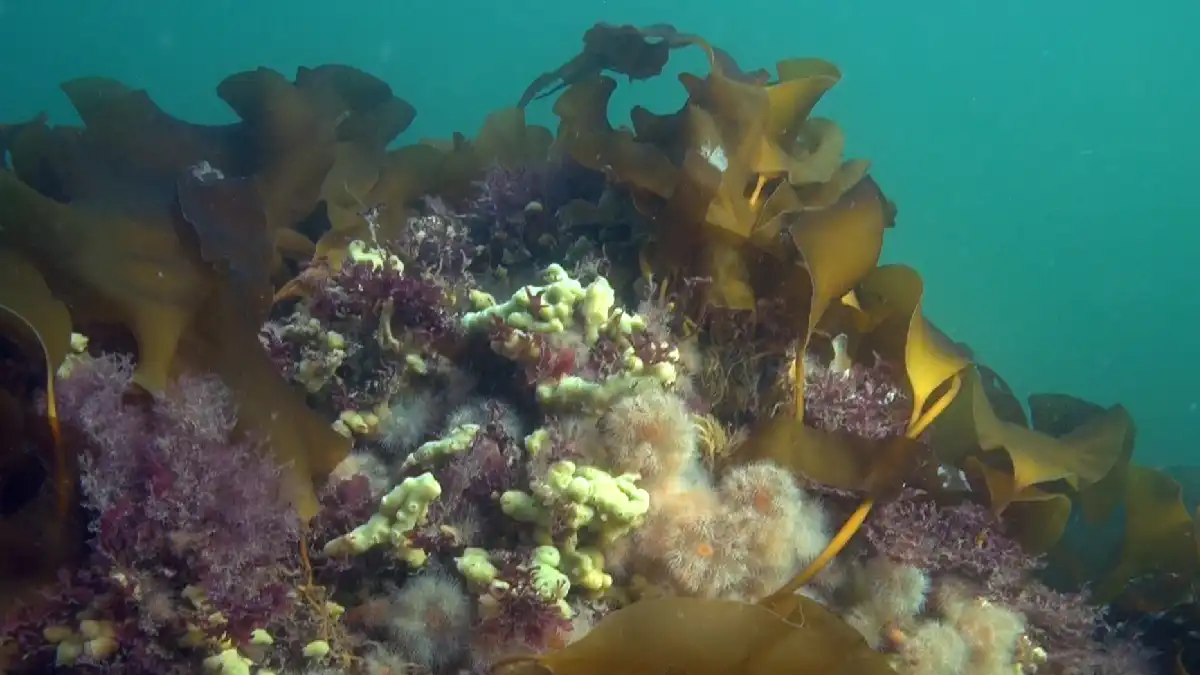
We restore stone reefs
We re-establish stone reefs to increase the survival rate of fish fry. When we put rocks back on the seabed, nature itself starts to regenerate life and the results are impressive.
Read more about stone reefs in Lillebælt
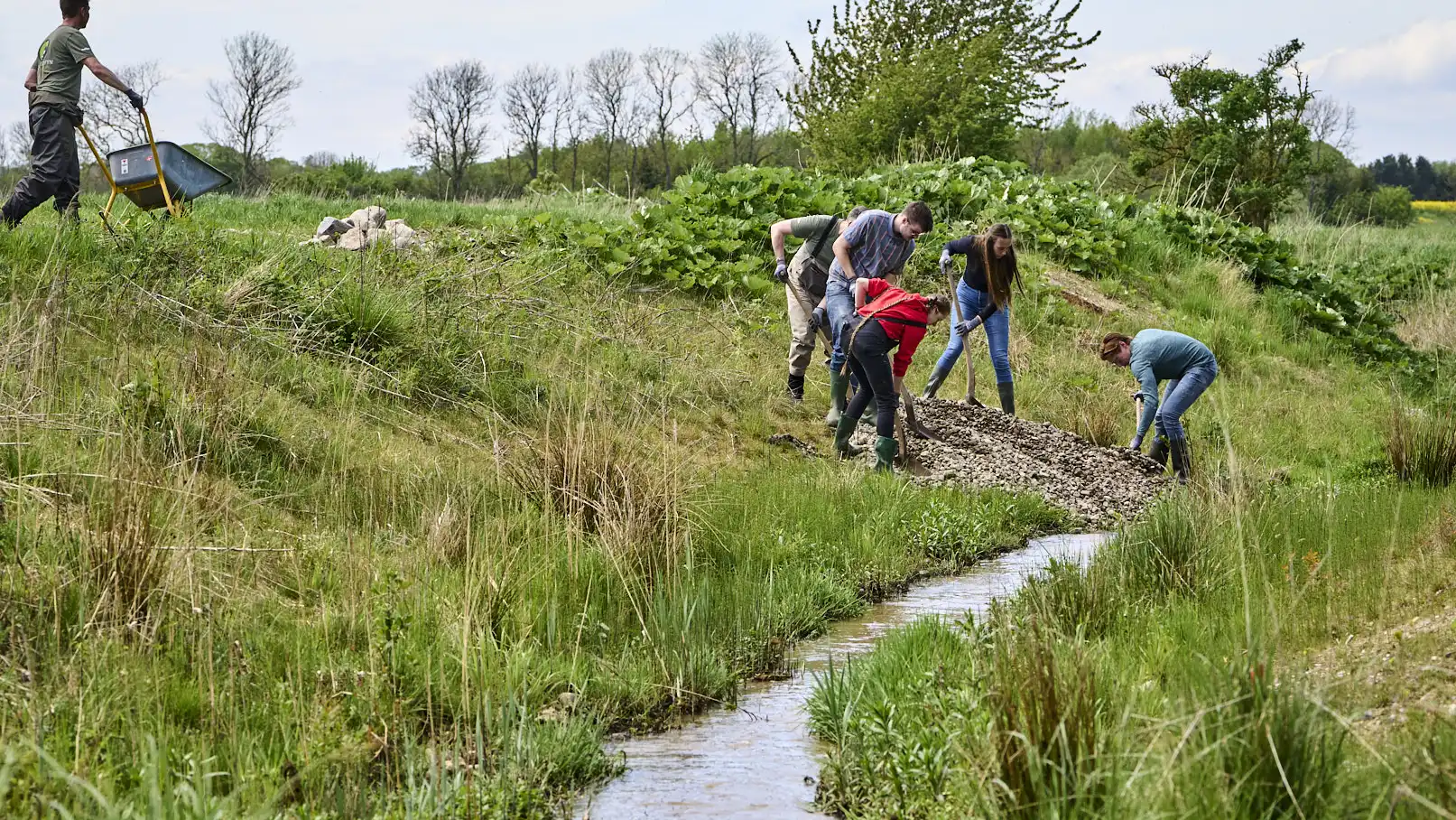
We create better spawning conditions
In collaboration with Havørred Fyn, local anglers and other nature enthusiasts, we establish spawning grounds and create the basis for new life in the river and thus more sea trout in the belt.
Read more about spawning grounds

